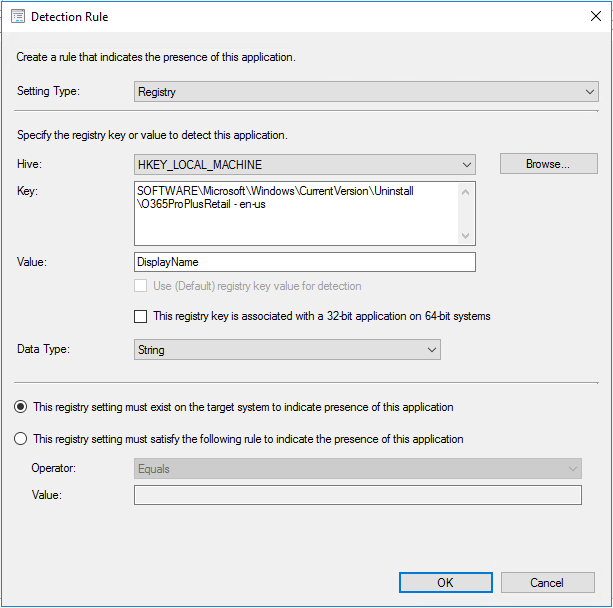In this post I’ll show the results of some basics tests I carried out to identify the optimum number of SQL Server backup files to use when backing up to an Azure Premium Storage P30 disk with two different VM sizes.
The tests were carried out using SQL Server 2016 Standard SP2 on Windows Server 2016. All drives were formatted with a 64K allocation size and backup compression was enabled. The database was 123GB with 9GB free space.
The virtual machine configuration was:
- DS14-8 v2 8 cores and 112GB RAM
- 1x P30 with read caching enabled for database data files
- 1x P30 with caching disabled for database log files
- 1x P30 with caching disabled for backup files
The DS14-8 v2 supports 51,200 IOPs and 768MBps throughput, so has capacity to support the 15,000 IOPs and 600MBps that the 3x P30 disks can generate. The results show that only two backup files are required for close to peak performance.
1 backup file: 152.648 MB/sec
2 backup files: 192.484 MB/sec
4 backup files: 198.223 MB/sec
8 backup files: 194.735 MB/sec
I then resized the VM to a DS13 v2, to see if the reduced VM storage capability would impact the backup performance. The DS13 v2 has 8 cores, 56GB RAM and supports 25,600 uncached IOPs and 384MBps throughput. The IOPs capability is sufficient to support all three P30 disks, but the throughput could be limiting. However, the results show very little difference.
1 backup file: 150.416 MB/sec
2 backup files: 192.969 MB/sec
4 backup files: 194.692 MB/sec
8 backup files: 194.561 MB/sec



















